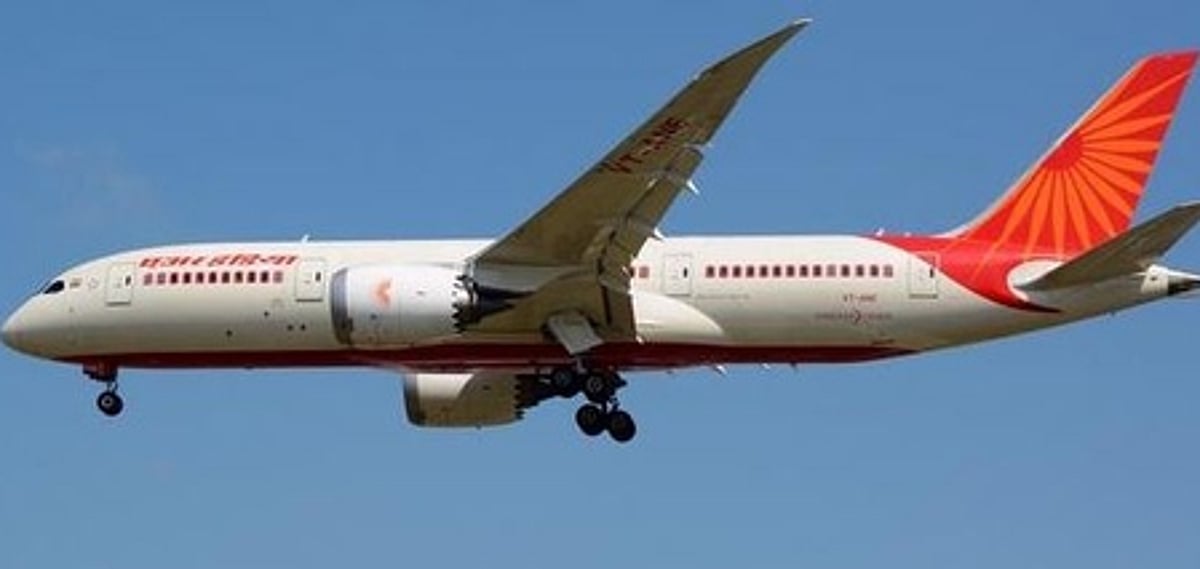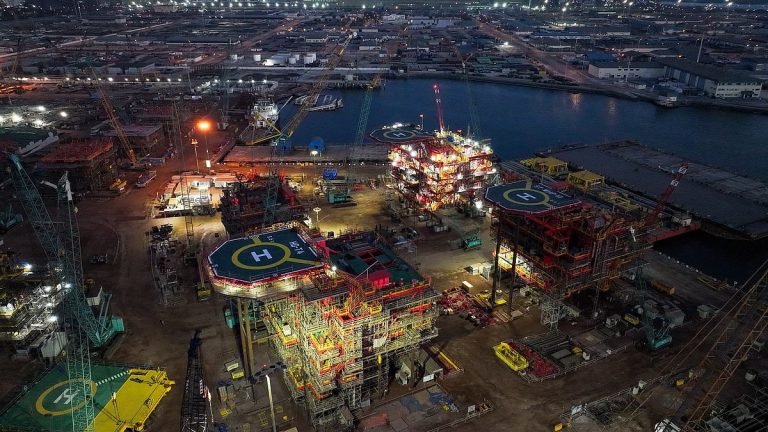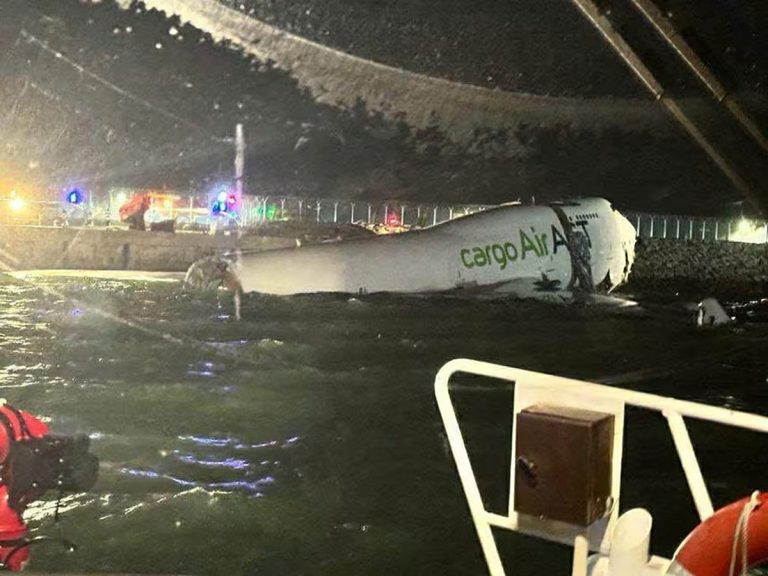Air India to Reinspect Emergency Systems on Boeing 787s
India’s aviation authority has mandated a thorough inspection of emergency power systems on Air India’s Boeing 787 fleet. This decision comes in light of a recent incident that raised significant safety concerns regarding the aircraft’s emergency backup systems.
Incident Overview
On October 4, Air India flight AI117, traveling from Amritsar to Birmingham, experienced an unexpected deployment of the Ram Air Turbine (RAT) during its descent at approximately 500 feet. Although the aircraft landed safely, the incident prompted the Directorate General of Civil Aviation (DGCA) to take immediate action. The RAT is designed to activate only in critical situations, such as dual-engine failure or a complete electrical system shutdown.
Regulatory Actions
Following the incident, the DGCA has ordered Air India to reinspect the emergency power systems on all affected Boeing 787 jets, particularly those where the RAT module was recently replaced. Additionally, the DGCA has requested Boeing to provide a detailed report outlining measures to prevent similar occurrences in the future.
GS Randhawa, president of the Federation of Indian Pilots, highlighted that the Aircraft Health Monitoring system detected a fault in the Bus Power Control Unit, which may have triggered the RAT’s automatic deployment. Such malfunctions are concerning, given the RAT’s critical role in emergency scenarios.
Understanding the Ram Air Turbine
The Ram Air Turbine serves as a crucial backup system, deploying from the aircraft’s fuselage when primary power sources fail. As the aircraft moves, the turbine harnesses airflow to generate hydraulic and electrical power necessary for essential flight controls and navigation systems. Its activation during normal operations is a serious indication of a malfunction that requires immediate attention.
Previous Safety Concerns
This incident is not isolated. Earlier this year, an Air India flight tragically crashed shortly after take-off in Ahmedabad, resulting in the loss of nearly all passengers on board. The final report on that incident is still pending, raising further questions about the safety protocols in place for Air India’s fleet.
In light of these events, the Federation of Indian Pilots has urged the Civil Aviation Ministry to conduct a comprehensive audit of Air India’s Boeing 787 fleet and consider grounding any aircraft affected by these issues.
FAQs
What is the Ram Air Turbine?
The Ram Air Turbine is an emergency backup system that deploys when both engines fail or there is a total electrical system failure, providing essential power for flight controls and navigation.
Why did the DGCA order a reinspect of Air India’s Boeing 787 fleet?
The DGCA ordered the reinspect due to an incident where the RAT deployed unexpectedly during a flight, indicating a potential malfunction that could compromise safety.
What actions are being taken by Air India and Boeing?
Air India is required to inspect its Boeing 787 fleet, while Boeing has been asked to submit a report detailing preventive measures for future incidents involving the RAT.
Conclusion
The recent incident involving Air India’s Boeing 787 fleet has raised significant safety concerns, prompting regulatory action to ensure the reliability of emergency systems. As inspections proceed and further investigations are conducted, the focus remains on enhancing safety protocols to prevent future occurrences.
The Boeing 787, known for its advanced technology and fuel efficiency, has been a significant addition to many airlines’ fleets since its introduction. However, the reliance on complex systems, such as the Ram Air Turbine, underscores the importance of rigorous maintenance and oversight. The DGCA’s decision to mandate inspections reflects a broader trend in the aviation industry, where regulatory bodies are increasingly vigilant about safety protocols, particularly in the wake of incidents that may compromise passenger safety.
Air India, as one of the country’s largest carriers, plays a crucial role in connecting India to international destinations. The airline has faced scrutiny over its safety practices in recent years, prompting calls for enhanced training and maintenance procedures. The ongoing investigations and inspections may lead to a reevaluation of operational standards, not only for Air India but also for other airlines operating similar aircraft. Ensuring the integrity of emergency systems is vital for maintaining public confidence in air travel, especially as the aviation sector continues to recover from the impacts of the COVID-19 pandemic.
Also Read:
Child Protection’s Essential Role in Sustainable Development







